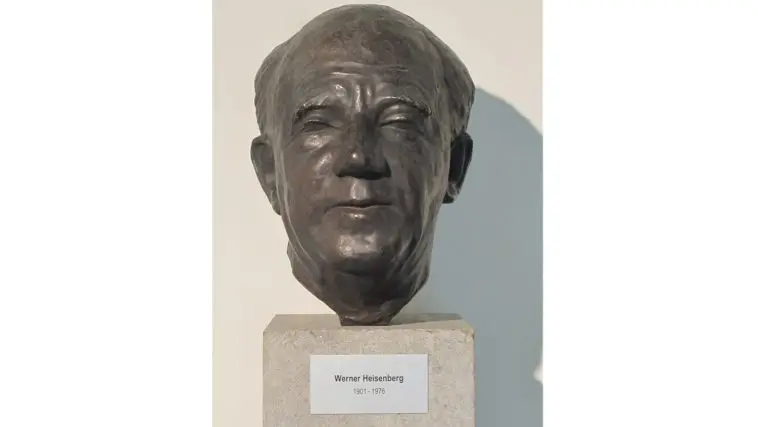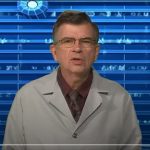[Originally published as The Motivation for Modern Science was Theological]
Werner Heisenberg was a giant in the field of physics. He developed his own formulation of quantum mechanics, for which he won the 1932 Nobel Prize in physics. He later developed his famous Uncertainty Principle, which continues to guide physicists in their understanding of the behavior of atoms and subatomic particles. In short, had it not been for him, physics would be a very different field from what it is today.
On April 24, 1973, about three years before his death, he gave a lecture entitled “Tradition in Science.” It draws on the knowledge he gained through nearly an entire lifetime of scientific experiences. The talk has been reprinted many times in publications such as the Bulletin of Atomic Scientists. Early on, he draws a distinction between descriptive science (which was championed by great thinkers like Aristotle) and mathematically-based science, which he calls the “new method.” He then writes:
“Therefore two features are essential for the new method: the attempt to design new and very accurate experiments which idealize and isolate experience, and thereby actually create new phenomena, and the comparison of these phenomena with mathematical constructs, called natural laws.
“Before we discuss the validity of this method even in our present science, we should perhaps briefly ask for the basis of confidence, which led Copernicus, Galileo, and Kepler on this new way. Following a paper of von Weizsäcker, I think we have to state that this basis was mainly theological.
“Galileo argued that nature, God’s second book (the first one being the Bible) is written in mathematical letters, and that we have to learn this alphabet if we want to read it. Kepler is even more explicit in his work on world harmony; he says: God created the world in accordance with his ideas of creation.
“These ideas are the pure archetypal forms which Plato termed Ideas, and they can be understood by Man as mathematical constructs. They can be understood by Man, because Man was created as the spiritual image of God. Physics is a reflection on the divine Ideas of Creation, therefore physics is a divine service.”
Now, of course, what he calls the “new method” is essentially the way we do modern science. In other words, science in its current form was motivated by theology, specifically the Judeo-Christian idea that man is made in God’s image.
I have written previously about the fact that science is a product of Christianity (here, here, here, and here, for example) but Dr. Heisenberg’s lecture emphasizes that fact. Anyone who tells you that “religion” (or Christianity in particular) is incompatible with science shows not only a shocking ignorance of the history of science but also an ignorance of what science is to begin with.






